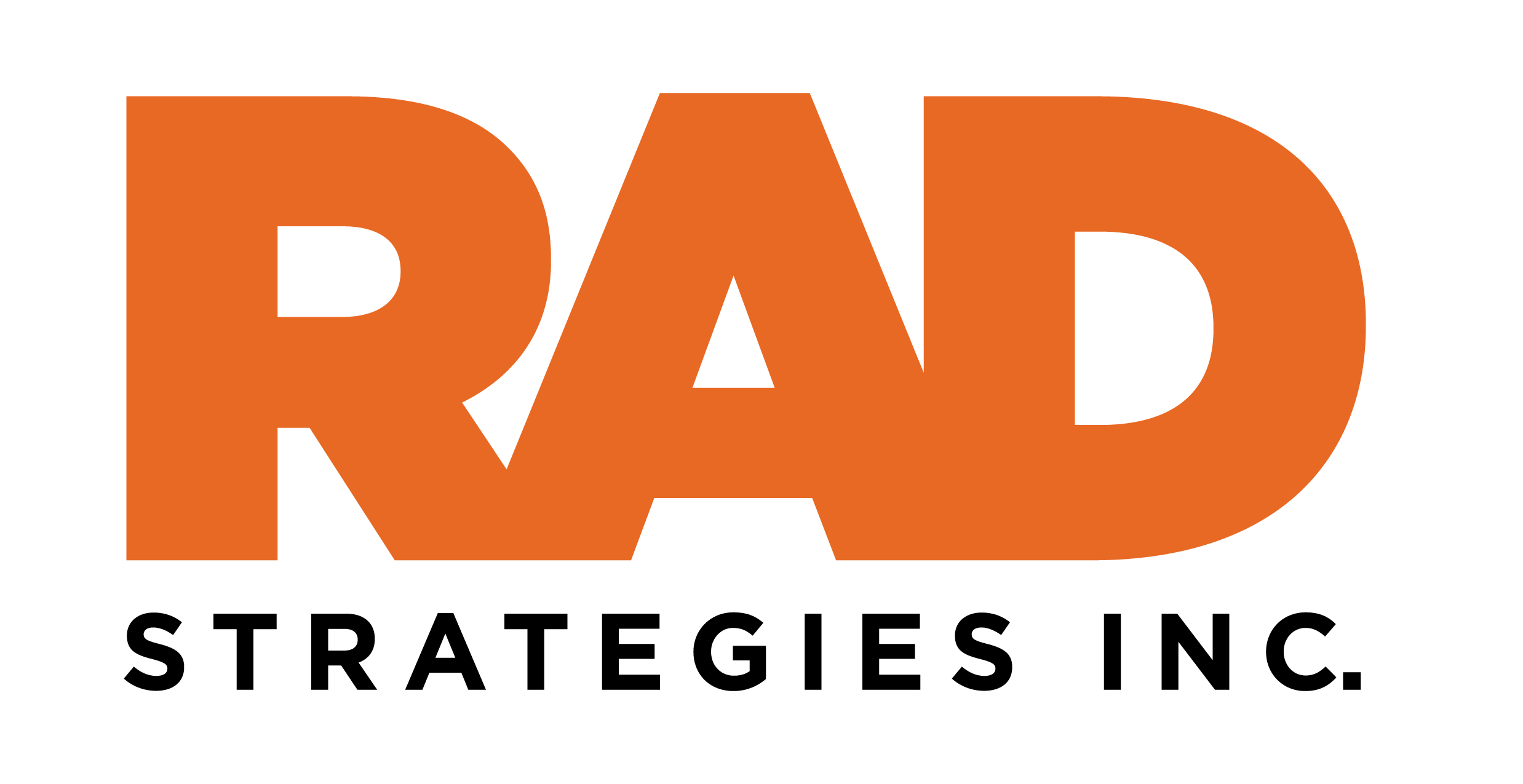Social Freeloaders
I started this blog post two weeks ago, spurred by a Twitter post I read that said the person felt like a voyeur for following others and reading others’ posts more than posting themselves. It got me to thinking, just how many “social freeloaders” are there out there and what is their role in the online mix?
I did some research, looked for statistics and survey results and sat down to write. Then a funny thing happened. Frustrated, I stopped writing, put this post aside and went back to reading others’ blogs. Feeling overwhelmed that I had to have the perfect blog post, I reverted to being the freeloader I was researching. Ridiculous, right?
So, back to the research. I came across stats about how there are more consumers that creators in social media. Without getting into too many numbers, here are a few figures that show the gap between creators and consumers in social media. Data from a recent survey of undergrad and graduate students in the U.K. shows that 80 percent were viewing videos on YouTube, but only 14 percent were uploading videos. Universal McCann’s Media in Mind study shows that 10 percent of U.S. adults now publish blogs, up from 5 percent in 2007, while 32 percent of adults have read them. The number publishing blogs jumps when isolating the 18 – 34 age group with 20 percent publishing blogs.
But in the general marketplace, haven’t there always been more consumers? And in the marketplace those consumers play an important role by purchasing goods and keeping the economy flowing. It’s a little different online, mainly because most content creators aren’t in it to make money. They’re posting family photos and video, twittering out their every move and thought and blogging. But if there were no one out there consuming all of that information, would there be a point to posting it?
And that’s it. We may tag the non-creating consumers of social media “social freeloaders,” but if we’re all putting it out there without placing any sort of restrictions on the material, such as an access fee or permission process, then aren’t we inviting people to use it at will? In the end, the numbers aren’t that big of a deal—eventually they’ll shift as more and more people begin creating. The point is freeloading is a relative term and often the only barrier to becoming a creator is intimidation. It’s important to welcome, rather than label, newcomers to the social media scene. Eventually they’ll increase their participation and who knows, maybe even outpace the rest of us!



Comment (1)
Very good post KP.
You’ve just discovered for yourself the Pareto Principle or the 80/20 rule. http://en.wikipedia.org/wiki/Pareto_principle
Comments are closed.